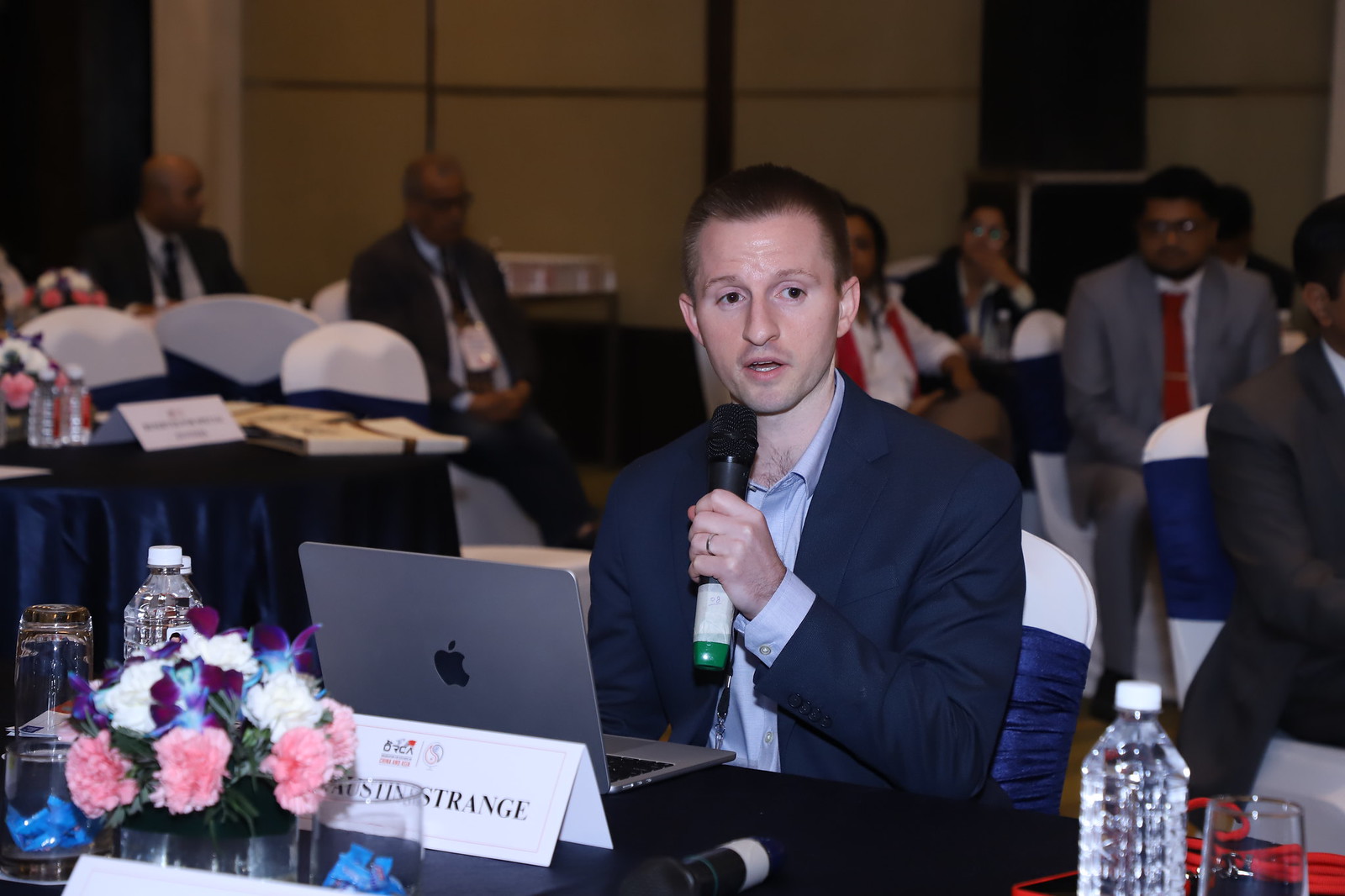The Belt and Road Initiative (BRI) and China's global infrastructure efforts are long-term endeavours that began long before, and go beyond, their formal launch in 2013. When one appreciates historical and comparative contexts, it becomes clear that China's development cooperation and global infrastructure investments have deep roots, extending back to the founding of the People's Republic of China (PRC) in the 1950s. The BRI, despite being heavily debated and scrutinised, is not a temporary trend, but rather a part of China’s consistent and evolving economic engagement in the Global South.
During the first decade of the BRI, China became the largest bilateral creditor globally. At its peak, the volume of China’s infrastructure loans under the BRI was unprecedented. However, narratives about the demise of the BRI and Chinese lending due to economic slowdowns are premature. China’s global infrastructure push predates the BRI; it began in the late 1990s under the “Going Out” strategy. That strategy was largely driven by domestic economic concerns, specifically the anticipation of slowing economic growth within China. Thus, contrary to the prevailing narrative that a slowdown will result in a pullback, the underlying logic historically suggests otherwise.
It is also important to scrutinise dominant narratives such as the concept of “debt trap diplomacy." This notion suggests that China intentionally ensnares developing countries with unsustainable debt, ultimately extracting assets or gaining political leverage. However, empirical evidence for such a strategic motive remains unconvincing. While the narrative is powerful and widely discussed, the available research does not support the idea that China’s large infrastructure projects are primarily aimed at trapping countries in debt. This does not suggest that China’s global infrastructure projects are without flaws; issues such as transparency, corruption and environmental concerns are welldocumented. Large-scale infrastructure projects, whether Chinese-led or otherwise, face similar inherent risks.
BRI reception and implementation by host countries is complex. The motives of these countries, and their active role in requesting, acquiring, and managing BRI projects, are crucial to understanding project outcomes. This approach highlights the importance of examining the agency of the countries that host BRI projects, as their political and economic decisions significantly shape the success or failure of the initiatives. Despite the backlash against certain BRI projects due to debt distress or environmental concerns, the appeal of large-scale infrastructure projects remains tangible for many governments in the Global South. These governments continue to find political value in these projects, which highlights the sustained demand for Chinese investments.
Although the BRI has evolved over time and has now entered a phase beyond its peak, it remains significant within Chinese foreign policy. There is now a larger emphasis on pre-project risk assessment, involving both Chinese stakeholders and host countries, at various levels from state to firm. This shift reflects an increasing awareness of the need for better economic and non-economic risk evaluations to sharpen the BRI’s impact. The emphasis is moving towards smaller, greener, and more digital projects. This transition aims to address past challenges and indicates a recognition of the need for more sustainable approaches in future projects.
The BRI’s trajectory, including its adaptation and shift in focus, illustrates that reality is often more complex than simplistic narratives suggest. China's global infrastructure efforts, including the BRI, are long-term components of its foreign and economic policies that need to be understood in a granular way. Accurate research, whether through qualitative case studies or large-scale data analysis, is essential for understanding what actually occurs on the ground with these projects. Such an approach ensures that one can comprehend the political and economic logic of these projects, rather than accepting broad narratives uncritically.
Despite substantial research evidence showing that the debt trap narrative is problematic, the influence of this narrative persists in public and policy discussions. The challenge remains to bridge the gap between research and policy effectively, ensuring that more nuanced, evidence-based perspectives inform public discourse and decision-making.
These remarks were presented by Dr. Austin Strange at the Global Conference for New Sinology (GCNS), 2024.



Author
Dr. Austin Strange
Dr. Austin Strange is Assistant Professor of International Relations in the Department of Politics and Public Administration. He researches and teaches Chinese foreign policy, international political economy, and international development. Austin’s current research focuses on China’s historical and contemporary roles in the world economy. Currently Austin is a Public Intellectuals Program Fellow with the National Committee on US-China Relations. In 2021-2022 he was a Wilson China Fellow at the Wilson Center and was previously a fellow with the Columbia-Harvard China and the World Program. He received a Ph.D. in Government from Harvard University, M.A. from Zhejiang University, and B.A. from the College of William & Mary.